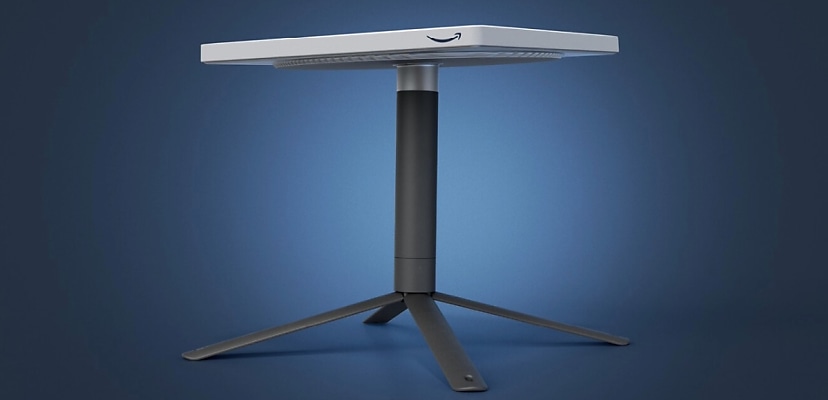Share this article on:
Powered by MOMENTUMMEDIA
Breaking news and updates daily.
Next week, Amazon will launch its first tranche of satellites set to power its rival service to Starlink.

The launch of 27 Project Kuiper spacecraft, reportedly a year behind schedule, is the first of a planned constellation of 3,200.
It significantly follows speculation that the federal government will pick the service to replace NBN’s beleaguered geostationary satellites that provide internet to remote areas of Australia.
Amazon initially launched two prototype satellites on a United Launch Alliance (ULA) rocket in October 2023 and hailed the mission as a “100 per cent success”.
The next mission, “KA-01”, will blast off via a ULA Atlas V rocket, while the spacecraft onboard will feature “significant upgrades” over the earlier models.
“We have improved the performance of every system and sub-system on board, including phased array antennas, processors, solar arrays, propulsion systems, and optical inter-satellite links,” said Amazon.
“In addition, the satellites are coated in a dielectric mirror film unique to Kuiper that scatters reflected sunlight to help make them less visible to ground-based astronomers.”
Over the next few years, Kuiper and ULA teams will conduct seven more Atlas V launches and 38 launches on ULA’s larger Vulcan Centaur rocket.
An additional 30-plus launches are planned using launch providers Arianespace, Blue Origin, and SpaceX.
Reports suggest Amazon must deploy half the constellation by July 2026 under rules tied to its licence, and the rest by July 2029.
“Our initial objective for the KA-01 mission is to deploy all of the satellites safely in orbit, which means they can independently manoeuvre and communicate with our team on the ground,” said Amazon.
“To do so, once the satellites have successfully separated from the rocket, they will begin a series of mostly automated steps to activate onboard systems and use their electric propulsion systems to gradually ascend to their assigned orbit of 392 miles (630 km). The satellites will travel at a speed of more than 17,000 miles per hour (27,359 km per hour) on orbit and circle the planet approximately every 90 minutes.
“While the satellites complete the orbit-raising process, we will look ahead to our ultimate mission objective: providing end-to-end network connectivity.
“This involves sending data from the internet, through our ground infrastructure, up to the satellites, and down to customer terminal antennas, and then repeating the journey in the other direction.”
According to reports earlier this year, Project Kuiper has emerged as the “leading candidate” to succeed the two NBN Sky Muster spacecraft, although a decision still needs to be signed off by federal government ministers.
The GEO satellites launched in 2015 and will be decommissioned in 2032.
However, customers have long complained that the service isn’t good enough to consistently handle video, and reports suggest thousands of customers have defected to Starlink.
Low-Earth orbit (LEO) satellite constellations, such as Starlink, offer quicker services than traditional geostationary satellites, such as NBN Sky Muster, because they are closer to Earth.
The lower height, though, also means LEOs effectively cover a smaller area and, therefore, need to operate in larger, connected constellations to be effective.
Starlink, a subsidiary of SpaceX, has the advantage of being able to launch thousands of satellites without paying external customers because it operates its own reusable rockets.
It’s currently thought there are nearly 7,000 Starlink satellites in orbit, with plans for a constellation of 40,000.
Late last year, Optus joined Telstra in offering customers Starlink via a satellite dish, and both telcos signed up to launch straight-to-mobile services when they become available.
Be the first to hear the latest developments in the cyber industry.